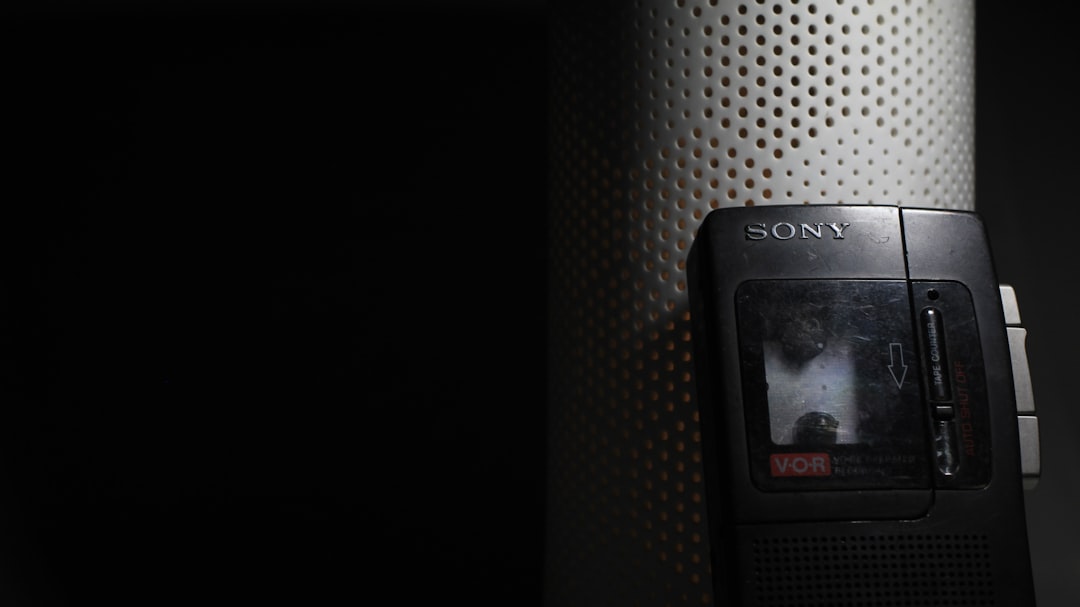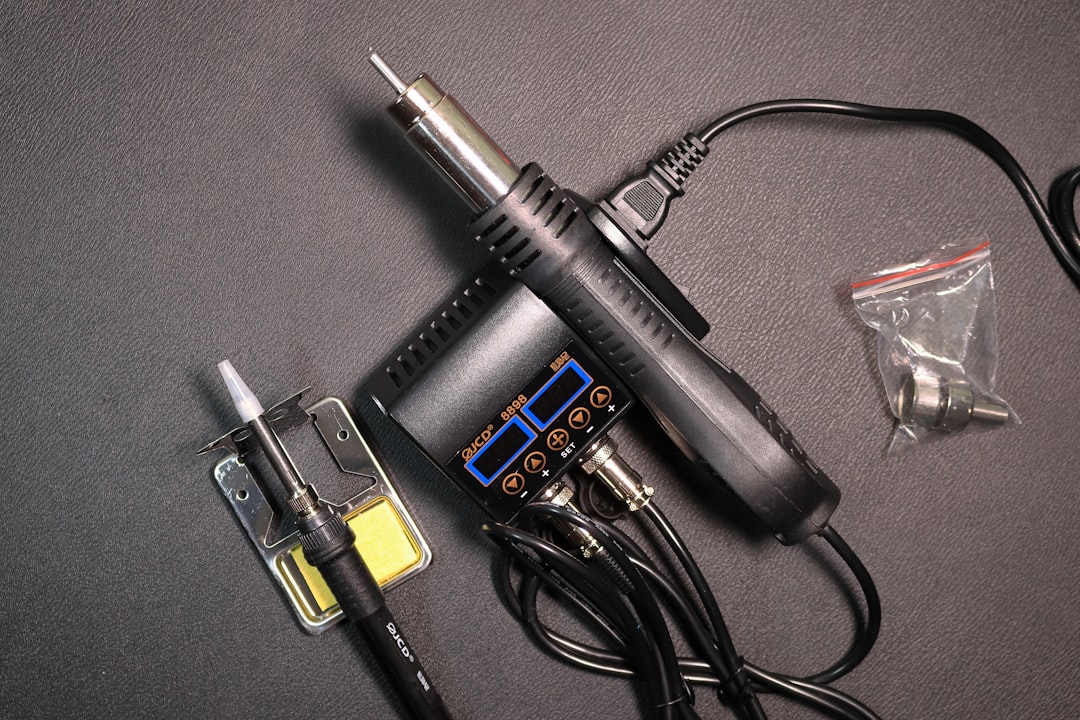Feel like your subwoofer shakes the whole room? Or maybe your downstairs neighbor is knocking on your door again? You’re not alone. Many people love deep bass but hate the rattles and complaints that come with it. That’s why subwoofer isolation pads are getting more attention these days. But do they actually work?
What Is a Subwoofer Isolation Pad?
A subwoofer isolation pad is a piece of dense foam or rubber. You put your subwoofer on top of it. That’s it. Nothing fancy—just a thick slab that separates your sub from the floor.
The idea is simple. These pads are supposed to reduce vibrations. They stop your subwoofer from transferring energy to the floor, walls, and furniture. This not only protects your room but can also give you cleaner sound.
How Do Vibrations Affect Sound?
Let’s break it down.
- Vibrations cause rattling in walls and floors.
- This creates unwanted noise pollution.
- It can mess with your subwoofer’s performance too.
Your subwoofer is designed to make sound, not to shake your house. When it’s in direct contact with the floor, it spreads its energy everywhere. This can lead to muddier, boomier bass that lacks clarity.

How Do Isolation Pads Work?
They act like a cushion. Just like sneakers absorb impact when you walk, isolation pads absorb vibrations. They prevent the sub’s energy from turning your hardwood floor into a drum.
The result?
- Less buzzing from objects and furniture
- Fewer complaints from friends and neighbors
- Better, tighter bass
Testing: Before and After
Here’s a fun experiment. Put your hand on the wall near your subwoofer while it’s playing bass-heavy music. Feel the vibrations? Now try placing an isolation pad under your sub. Feel the difference? In most cases, that rumble goes waaay down. It’s not perfect, but it’s noticeable.
Some people even put a glass of water on the sub or furniture nearby. Without a pad, the water ripples like crazy. With a pad, it’s much calmer.

What About Different Flooring Types?
Hardwood, tile, and concrete floors carry vibrations like a champ—bad news for you. That’s where isolation pads shine. They create a buffer between your sub and your echo-friendly floor.
If you have carpet, things might not be so bad. Carpet naturally absorbs some of the vibrations. But even then, an isolation pad can help. It adds a little more control and focus to your sound.
Types of Isolation Pads
Not all pads are made alike. Here’s a quick breakdown:
- Foam Pads: Lightweight and affordable. Good for small to medium subwoofers.
- Rubber & Composite Pads: Heavier and better for controlling bigger vibrations.
- Platform Stands: Fancier setups that lift your sub on a small platform with rubber feet. Usually pricier.
What If My Subwoofer Already Looks and Sounds Fine?
Even if everything seems okay, you might be missing out. Isolation pads often bring subtle improvements that audiophiles notice right away. You might hear tighter bass, fewer room rattles, and more balance in your sound.
Plus, they protect your floors—especially if you have hardwood. No more little scratches or dents from heavy subs bouncing around.
Are They Worth the Money?
That depends on your setup. If you live in an apartment or have a shared wall, isolation pads can be a lifesaver. They’re usually under $50 and offer a big bang for your buck.
Let’s look at the pros and cons:
Pros
- Affordable and easy to install
- Less vibration = better sound
- Helps minimize noise complaints
- Protects your floors and furniture
Cons
- Not a magical fix
- Bass may still carry through walls
- May not be needed if your sub is already decoupled
Some Pro Tips
To make the most of your isolation pad, try these cool tips:
- Place your sub in a corner for more punch—then use a pad to tame the rumble.
- Level your sub – some pads allow height adjustments.
- Test different positions. Move the sub a few inches at a time and listen.
Other Isolation Options
If you want to go beyond pads, check out:
- Subwoofer stands: These elevate your sub off the ground.
- Isolation feet: Small rubber or silicone “feet” that you stick on the bottom of your subwoofer.
- Mass loaded vinyl: A heavy mat that blocks sound transmission under the sub.
Some people even use yoga mats or car floor mats as DIY options. Not perfect, but better than nothing!
What Real Users Say
We checked out some opinions from users and forums. The verdict? Mostly positive.
- “It made my bass cleaner and tighter.”
- “I can finally enjoy it without disturbing my roommate.”
- “Surprised how much of a difference a foam slab could make.”
Of course, not everyone hears dramatic changes. Some people say it helped a little, others say a lot. It depends on your room, floor type, and the sub itself.
So… Do They Work?
The short answer: yes, but with limits.
Isolation pads won’t turn a bad subwoofer into an amazing one. But they will likely make your current system sound better and feel cleaner. If you’re after the best possible bass without annoyance, they’re worth trying.

Final Thoughts
If you’re serious about sound—or just want peace with your neighbors—give isolation pads a shot. They’re cheap, simple, and pretty effective. And hey, who doesn’t love better bass without the buzz?
So go ahead. Treat your subwoofer to a cozy little pad. Your ears—and your floor—will thank you!
